5. Noise (Yusaku Matsumoto)
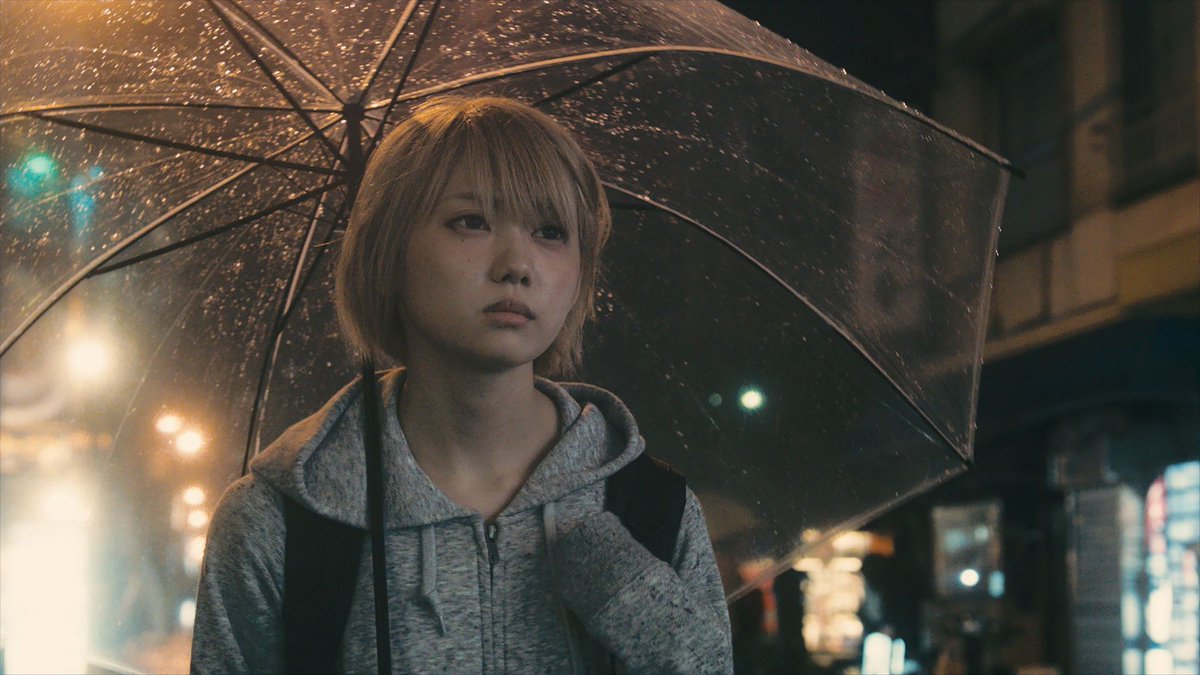
Fractured narrative is a technique that has produced a number of masterpieces through the years, with “Mulholland Drive” and “Rashomon” being the first ones that come to mind. The contemporary Japanese version of the technique involves three different arcs, which intermingle, focused on a single event, as exemplified in Lee Sang-il’s “Rage.” Yusaku Matsumoto follows in the footsteps of the Zainichi Korean.
The event that serves as a base here is the Akihabara massacre, an event that took place in 2008 and involved Tomohiro Kato, who drove into a crowd with a truck and then stabbed at least 12 people with a dagger, eventually killing seven and injuring 10. Kato was sentenced to death, and the announcement of his sentence serves as the beginning point of the film.
Misa, whose mother was murdered during the incident, has to face a father who neglects her, with his sole focus being on gambling on horses. Misa does not talk at all to him due to a number of events of the past, while she works as an idol, and also at a parlor that offers “comforting services” to customers, ranging from cuddling and kissing through a piece of transparent tape to slapping.
Ken is a warehouse worker who’s suffering because of his mother, who keeps stripping him of every penny he earns in order to indulge in whatever wishes she has each time. Her behaviour reaches its nadir when she receives some money from loan sharks and then disappears, living her son to face them and the possibility of eviction.
Rie is another girl who lives with her father and grandfather, completely disconnected from them, spending most of her time with her kind of delinquent boyfriend. Eventually their relationship deteriorates, while her father takes a liking to Misa, who reminds him of his daughter.
Yusaku Matsumoto uses the three arcs, which intermingle through a number of common individuals and some minor connections, in order to highlight the alienation people suffer from in the megalopolis. His protagonists are living lives where there is no way out, with their situation deteriorating as time passes. Akihabara seems to serve as the only place of solace, not only for the protagonists but for a plethora of people, even through ways like Misa’s line of work and the general concept of the idols.
However, the basic concept of the Akihabara massacre seems to strip even that, consequently inducing the film with a permeating sense of extreme pessimism that seems to contrast the bright neon lights and the motley colors of the area.
Matsumoto seems to place much of the fault for this situation to the previous generation, as all the parents in the story have failed their children in various ways. Rie and Misa’s fathers seem to try to change that, but their efforts are either awkward (in the case of Misa) or they end up making things even worse (in the case of Rie). The lack of communication, which started between parents and children and was extended into all aspects of the children’s lives, is solely put on them.
4. Junk Head (Takahide Hori)
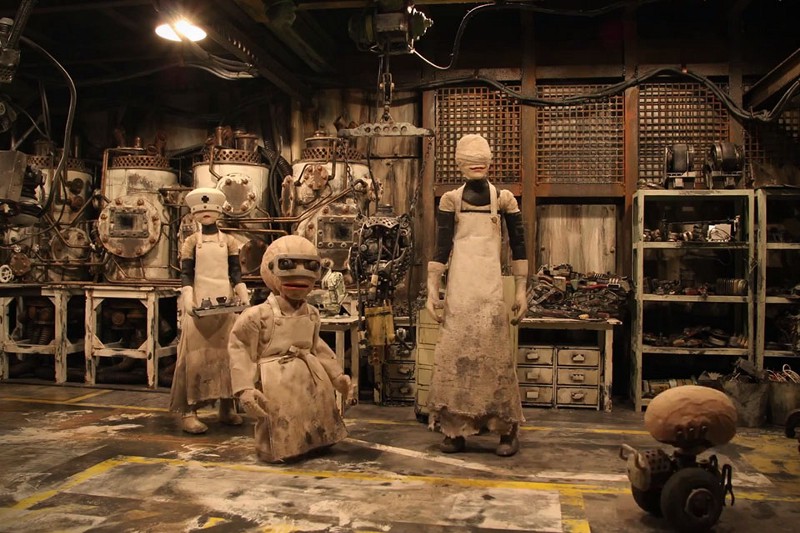
In the distant future, mankind attains longevity through gene manipulation. However, in exchange, the ability to reproduce is lost. Clones were built to maintain the dwindling workforce, but after 1,200 years they rebelled, eventually inhabiting the lower depths of the world. The humans, suddenly finding a need to understand their subterranean-dwelling creations, launch an ecological study. What they discover is that the clones have transformed into a vast array of absurd and terrifying monstrosities, although the humans themselves have also changed much.
In that setting, the story revolves around one of those “explorers,” who finds himself found by three strange creatures who get him to their boss, a doctor who transports his head onto another body, with the whole team eventually starting calling the newly manufactured creation, God. God’s odyssey, though, does not stop here, as he soon finds himself roaming the labyrinth of the underground, meeting new friends and foes, all the while trying to determine what exactly he is doing there.
In his travels, he meets the people of another lab, who are dominated by extremely strong females; a man who tries to con him; another man who has been standing alone tending a fire; a strange girl and her monstrous friend; and many other individuals and monsters. Eventually, he becomes God again; his true story is revealed and he is reconnected with the three initial creatures in a battle against the worst monster of all.
The first thing one notices in the film is the impressive creations of the characters and creatures, who seem to be a combination of the fantasies of H.R. Giger, Hieronymus Bosch, and the kinds of creatures usually found in survival horror video games, with the movie occasionally functioning like one. What is even more impressive, as revealed in the end credits, is that both the characters and the setting are actual built models and not the product of CGI, in a trait that highlights the amazing craftsmanship and imagination of Takahide Hori and his crew.
The same applies to the setting, a combination of dystopian and cyberpunk elements. All of the above are presented in a fashion that occasionally functions as an animated version of “Tetsuo,” as God is running frantically through corridors, hunted by monsters, while rapid electronic, industrial and noise tracks are playing in the background, and the film transforms into an extreme music video, filled with gore and blood. These scenes feature frantic camera movement and very fast cuts, in a tendency that highlight Takahide Hori and Tetsuo Kawamura’s editing.
3. Satoshi: A Move for Tomorrow (Yoshitaka Mori)

The film follows the life of Satoshi, who was diagnosed with nephritis since the age of five, and managed to face the world and cope with his illness through shogi, a traditional Japanese board game that shares some similarities with chess.
The film starts with Satoshi in his 20s, living in Osaka and trying to cope with his pain and his illness, and at the same time, trying to surpass his rival, Habu, who has been moving to the tops of the shogi world, winning against every master in his way. Despite his deteriorating health, he decides to go to Tokyo, where he can challenge better players and improve his game. In his struggles, two people stand by him at all times: his teacher Nobuo Mori, and his best and probably only friend Mitsugu, who supports him in any way they can.
However, Satoshi has the behaviour of a rock star, slamming his opponents due to their inability to beat him, and getting frequently drunk to the point of passing out on the streets; he’s a bad drunk for that matter, as he tends to insult everyone around him when he is intoxicated. However, his passion for shogi, and his will to beat Habu and become the best, remains unwavering, to the point that he totally neglects his health, with devastating consequences. The narrative also features flashbacks that show his path to the point he is today, and a small part about his parents’ attitude toward his behaviour.
Despite the dramatic intro, the film actually starts with a somewhat cheery tone, as Satoshi is portrayed as a book (manga) worm with no social skills, who lives a life filled with quirkiness. However, as time passes, the drama and the realism take over, as Satoshi’s situation becomes more and more dire and he is vacuumed into a downward spiral that threatens his own life. His obsession to win, his frequent drunken stupors that have him going against everyone who seems to care for him, and his health make for a truly dramatic base, and forms one of the two basic elements of the film.
The second element is shogi, a game that is quite uneventful in its premise (it is a kind of chess) but serves another more significant purpose, as the film seems to move, frequently, in the rhythm of the clocked movements of the players. Takashi Sato does a great job implementing this tactic with his editing. At the same time, the fact that after a player delays once, he has to make his next moves in under a minute makes for a number of agonizing scenes, which Yoshitaka Mori took as much advantage as he could in order to induce the element of excitement in the film.
2. In This Corner of this World (Sunao Katabuchi)
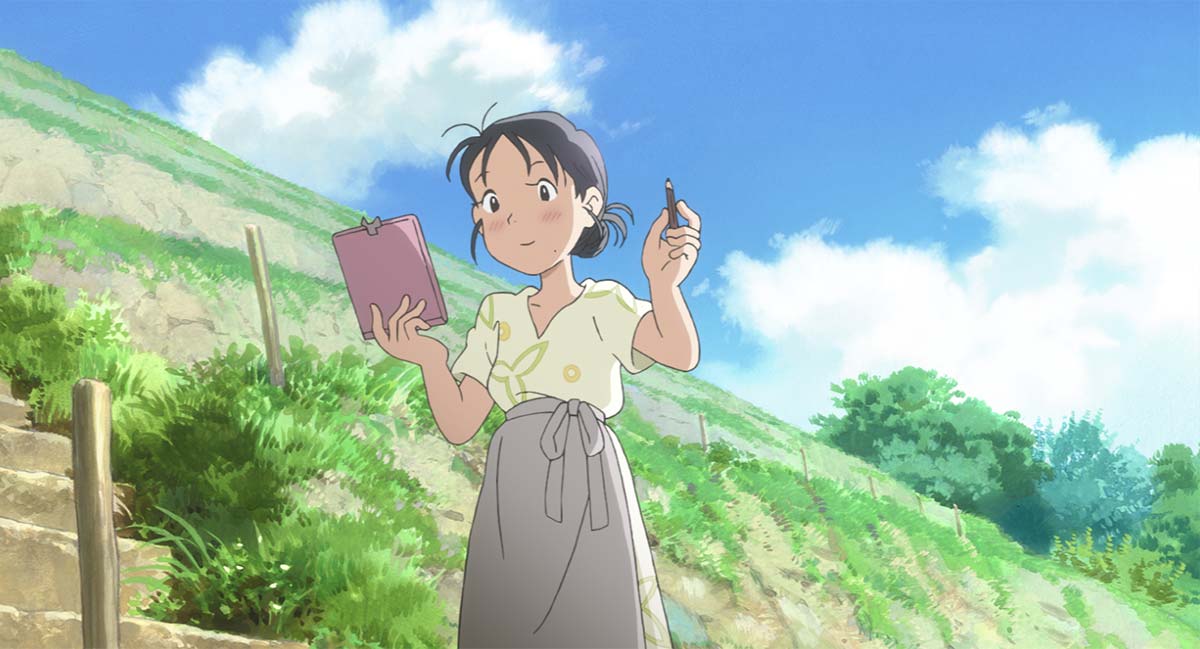
“In This Corner of the World” follows a great tradition of Japanese animation set during World War II. It is a period of history that lends itself to many stories and this film takes its own unique view of the war, from the perspective of a young woman growing up near Hiroshima in the 1930s and 40s.
Suzu Urano (Non) is a young girl whose flights of fancy and carefree attitude make her an immediately likeable and relatable protagonist. Growing up in Hiroshima with her parents and younger sister, she enjoys drawing and telling amusing stories. When she turns 19, Suzu is married by arrangement to Shusaku Hojo, taking his family name and moving to live with her in-laws in nearby Kure.
Her life is far from easy, having to do many of the chores around the house and deal with Shusaku’s temperamental elder sister Keiko, and Keiko’s daughter Harumi. Despite the tasks of rural life, cooking, cleaning and running errands for the family, Suzu soon finds herself enjoying her life there. She makes friends easily and rarely seems troubled. As the war progresses, Kure, which is a naval base, comes under repeated attack and the dangers increase for Suzu and her new family.
Written by Sunao Katabuchi and Chie Uratani, the film has a nostalgic feel for a lost world. Some have commented on the language used by characters which is a rural dialect of that particular place and period. The world is shown in great detail with the life of an ordinary family that’s lovingly portrayed. Even minor chores and activities come to seem enjoyable and important.
The film highlights the need to appreciate even the small things in life. We see the changing seasons, characters cooking and eating together, and snatches of their lives that create a tapestry of daily routine, conversations, and the various relationships that make up their world.
The art design is delicate and creates a comfortable feeling while watching. Occasionally there are sequences where Suzu’s imagination comes to life through a “hand-drawn” style that is very effective and evocative, as we see the world through her eyes. Almost every character is portrayed as likeable, with no more than minor difficulties between them.
The second half of the movie involves serious tragedy, as the war finally reaches Japan. The music creates the right atmosphere of whimsy and comfortable rural life with more threatening overtones as events unfold. The voice cast all do a great job, with Non playing Suzu, Yoshimasa Hosoya as Shusaku, and Minori Omi as Keiko. All of the cast helps create the feel of real people and their relationships: parents, in-laws, children, husbands and friends.
1. Tokyo Vampire Hotel (Sion Sono)
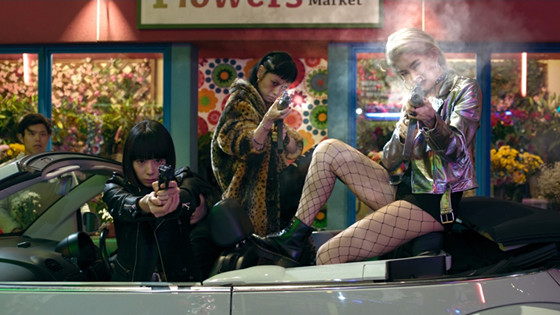
In 2017, Sion Sono shot a nine-episode series for Amazon Prime Japan called “Tokyo Vampire Hotel.” This film is the festival/movie edition of the production, and a return to his gory, absurd past as much as a tribute to a number of his previous films.
The story, which is actually based on a historic episode in which King Matthias Corvinus imprisoned Vlad the Impaler (aka Dracula), has the latter transformed into a whole tribe of the original vampires called Draculas, who are imprisoned by another tribe of vampires, the Corvinus. The Corvinus have some awful plans that involve destroying the whole of humanity and keeping just a number of them in a hotel of theirs (the titular one) in order to serve as their food.
However, the Draculas are on the rise from the bottoms of the Earth where are imprisoned, as they await for their Messiah, who turns out to be a Japanese girl named Manami, who finds herself in the middle of a century-long battle among the two vampire tribes, while she is having a party for her 22nd birthday. As a dracula named K and her associates try to help the girl reach their leader in an underground location that seems to exist beneath both Japan and Romania, the Corvinus, headed by Yamada, try to take her on their side.
At the same time, a strange identity called Empress that inhabits the aforementioned hotel, seems to search for victims, while Elizabeth Bathory is also walking its corridors.
Sono, once more, did the thing that made him a legend among all fans of cult: he let his imagination run wild and depicted it on screen in the most absurd way, to the point that the film occasionally function as a collage of extreme concepts. At the same time, he also included themes from his previous movies. The gangs fighting each other from “Tokyo Tribe” have become the two opposing vampire clans.
The chase that frequently appeared on “Tag,” this time involves Manami, and has a repeating music theme to go with it. The permeating sexuality and the intense colors of “Anti-Porno” are also present, this time combined with great dosages of violence and an unprecedented amount of blood, which frequently floods the screen, “Guilty of Romance” style. The change of genres of “Love Exposure” is also here, although in a much more finite level.
Add to that the impressive and lengthy action scenes, that feature guns, women with swords, an extremely violent vampire that seems to kill everyone with her long nails, the empress, who seems to have much in common with the hotel, an impoverished vampire that seems to be her sister, the always sensual Megumi Kagurazaka posing as Elizabeth Bathory, a number of flashbacks explaining the past of the main characters, and a bunch of Romanians in various roles, and you have the backbone of this truly insane movie.
The acting follows in the same, extreme footsteps. Kaho as K is great as the woman with the sword butchering scores of enemies and Mitsushima Shinnosuke a great villain as Yamada, acting with a fitting, hyperbolic theatricality, in absurd fashion. The grotesque artistry of the film’s aesthetics personifies in Yumi Adachi’s Empress, while Megumi Kagurazaka gives a somewhat restrained and dignified performance as Elizabeth Bathory. The one who steals the show though, along with Kaho that is, is Ami Tomite as Manami, with the 23-year-old becoming Sono’s muse, having participated in a number of Sono’s latest works.
As I watched her shaving her hair, walking in the hotel corridors almost bald, filled with blood and completely out of control regarding her capacity for violence, I could not help thinking that Sono actually enjoys deconstructing the image of a former famous idol (she was a member of AK48) in a way that seems utterly disgraceful for her, in a tendency that also applied to Anti-Porno. What is even more impressive, though, is that Tomite thrives in this concept, to the point that she seems to enjoy having her former image completely shattered.
Special Mention: High Heels (Inchul Lee)
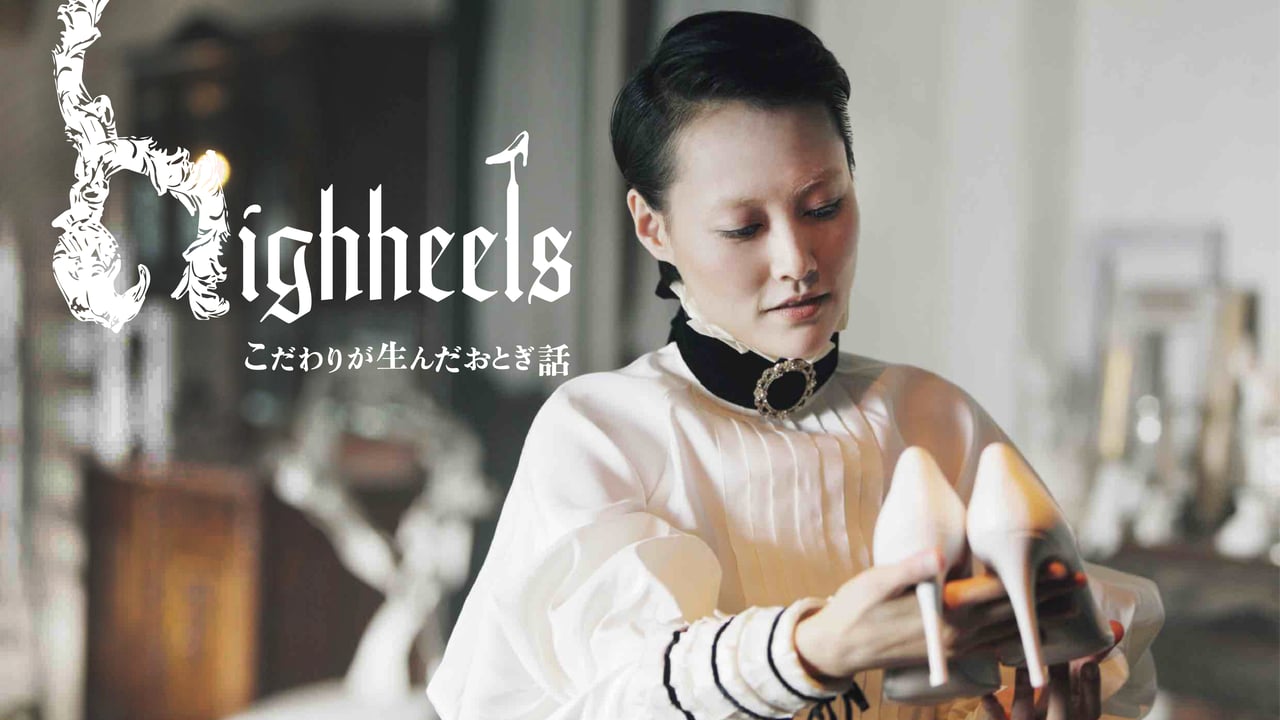
Korean Inchul Lee has been based in Japan since he was 19 years old, and in his debut short, seems to have adopted the aesthetics of the latter to the fullest, although some Korean elements are not missing.
In the year 4015, humanity has transformed itself into androids, in an effort to erase desire, the concept believed to have led to its almost complete destruction. However, eventually desires appeared again, in the form of obsession, curiosity, and freedom and finally, desire itself. As the animated introductory scene explaining all these fades out, the movie transforms into live action, as we watch Kai, a shoemaker and the owner of an atelier welcoming a client, Yellow, who is impressed by her shoes. Kai offers to manufacture a pair that will suit her perfectly and Yellow gladly agrees.
However, the fact that her feet are not evenly matched seems to present some issues for Kai, who eventually manages to produce the pair, although the rehearsal goes very bad, with Yellow almost falling as she tries walking on them. Kai gradually becomes obsessed with making the perfect pair for Yellow, almost ignoring the wishes of the rest of the “colorful” customers entering her atelier.
Inchul Lee directs a true eye-candy, a film where style seems to be everything, as it is even used to portray some social and philosophical comments. In that fashion, Chanel has designed the clothes, while Haider Ankerman and Mihara Yasuhiro are involved in the impressive costumes and shoes featuring in the film, all of which create a magnificent and truly colorful setting for the story. The fact that the peripheral characters all wear monochrome tones while Kai a baroque-styled costume, highlights the fact that she is the protagonist, in a way that fits the general aesthetics of the film perfectly.
Takuro Ishizaka’s cinematography is another very important factor in the visual prowess of the short, as his camera worships the shoes, the costumes and the baroque-styled set. Hyoyng Woo-roh’s music is the main factor of the eerie atmosphere that permeates the film, which, additionally, implies that something bad is going to happen eventually. Toshiaki Hanzaki’s initial animation is a true work of art, in the style of a toned down and contemporary looking “Belladona of Sadness”.
Author Bio: Panos Kotzathanasis is a film critic who focuses on the cinema of East Asia. He enjoys films from all genres, although he is a big fan of exploitation. You can follow him on Facebook or Twitter.